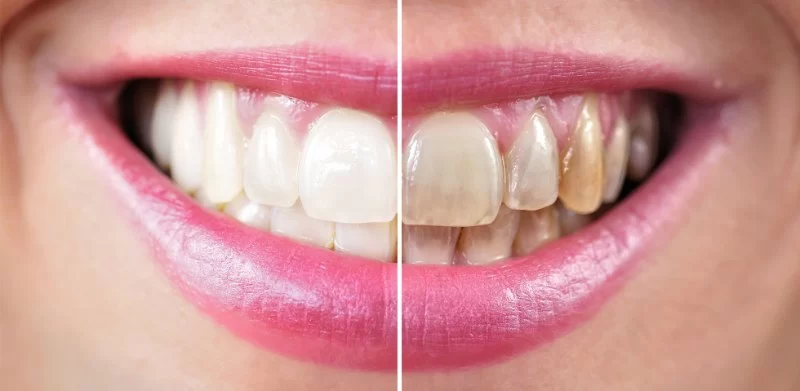
- 1 - Understanding Enamel Protection and Why It Matters
- 2 - The Real Causes of Tooth Discoloration
- 3 - Safe Whitening Methods That Protect Enamel
- 4 - Natural Remedies That Really Work Without Enamel Damage
- 5 - Professional Whitening vs. Home Kits: What’s Best for Enamel
- 6 - Real Experience: A Patient’s Journey to Whiter Teeth Without Sensitivity
- 7 - Expert Advice and Prevention Tips from Family Dentistry Online
Understanding Enamel Protection and Why It Matters
Before learning how to whiten teeth without damaging enamel, it’s essential to understand what enamel is and why it’s so critical to your smile. Enamel is the thin outer layer that protects your teeth from acids, bacteria, and temperature changes. Unlike other tissues in your body, enamel doesn’t regenerate once damaged. This means any harsh whitening treatment can permanently weaken your teeth if not done correctly.
Many people assume whitening products automatically make teeth healthier, but without proper enamel care, they can actually lead to increased sensitivity, erosion, and even dullness. The goal, therefore, is not just a whiter smile—but a stronger one.
The Real Causes of Tooth Discoloration
To safely whiten teeth, you need to know what’s causing discoloration in the first place. Some of the most common causes include:
- Frequent consumption of coffee, tea, red wine, or soda
- Smoking or vaping, which stains enamel and weakens gum health
- Natural aging, where enamel thins and reveals yellow dentin underneath
- Poor oral hygiene or plaque buildup
- Certain medications that cause intrinsic discoloration
By identifying your personal triggers, you can choose a whitening method that effectively targets stains without stripping your enamel’s natural protection.
Safe Whitening Methods That Protect Enamel
1. Use low-peroxide or peroxide-free whitening products
Many commercial whitening kits contain high concentrations of hydrogen peroxide that can cause enamel microdamage. Opt for low-peroxide formulas or peroxide-free options, which gradually brighten your smile over time without harming your enamel.
2. Enamel-reinforcing toothpaste
Look for toothpaste with fluoride, calcium phosphate, or hydroxyapatite. These ingredients strengthen enamel while gently removing surface stains. Using them consistently supports enamel regeneration and prevents future sensitivity.
3. Whitening strips and gels with protective ingredients
Some modern whitening strips include desensitizing compounds like potassium nitrate that help protect nerves and enamel during treatment. Avoid products with harsh abrasives, as these can scratch your teeth and worsen discoloration.
At Family Dentistry Online, you can explore professional-grade enamel-safe whitening products designed to brighten your smile gently and effectively.
Natural Remedies That Really Work Without Enamel Damage
Natural options can be surprisingly effective when used properly. However, not all home remedies are safe—baking soda or lemon juice can be too abrasive or acidic. Instead, try these gentle alternatives:
Oil pulling
Swishing coconut oil for 10–15 minutes daily may reduce surface stains and bacteria, promoting a cleaner, fresher mouth. It’s gentle on enamel and improves gum health.
Activated charcoal (used sparingly)
Activated charcoal can lift stains but should be used no more than once a week to avoid enamel abrasion. Always rinse thoroughly afterward.
Diet adjustments
Eating crunchy fruits and vegetables like apples and carrots naturally polishes your teeth and increases saliva production, your mouth’s natural defense system.
Professional Whitening vs. Home Kits: What’s Best for Enamel
When debating professional whitening versus at-home methods, the key difference lies in control and precision. Dentists use customized trays and calibrated whitening agents to ensure that the enamel remains safe while achieving optimal brightness.
Over-the-counter kits are convenient but can be risky if used incorrectly. If your teeth are already sensitive or enamel is thin, professional supervision is essential. A quick consultation through Family Dentistry Online helps determine whether in-office treatment or a gentle at-home regimen is best for you.
Real Experience: A Patient’s Journey to Whiter Teeth Without Sensitivity
Laura, a 29-year-old from Denver, used over-the-counter whitening strips and experienced painful sensitivity. After consulting a dentist through Family Dentistry Online, she switched to a professional low-peroxide gel combined with a fluoride varnish treatment. Within four weeks, her teeth brightened by two shades—and she reported zero sensitivity.
Her story shows that you don’t have to choose between a white smile and healthy enamel; with the right plan, you can have both.
Expert Advice and Prevention Tips from Family Dentistry Online
To maintain results and prevent future discoloration, dental professionals recommend:
- Brushing twice daily with a soft-bristled toothbrush and enamel-protective toothpaste
- Limiting acidic drinks and rinsing with water afterward
- Scheduling routine cleanings every six months to remove surface stains
- Using custom whitening trays made by your dentist for balanced and safe application
For anyone wondering how to whiten teeth without damaging enamel, the safest approach is patience and professional advice. Quick fixes might promise dramatic results but often come with long-term risks. A sustainable routine supported by enamel-safe products will give you lasting brightness and comfort.
Visit Family Dentistry Online to explore clinically tested whitening systems, professional recommendations, and expert care designed for both beauty and health. Your smile deserves a treatment that brightens naturally—without compromising enamel strength.

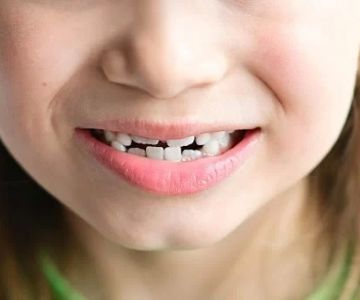



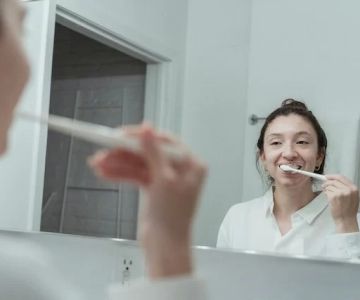
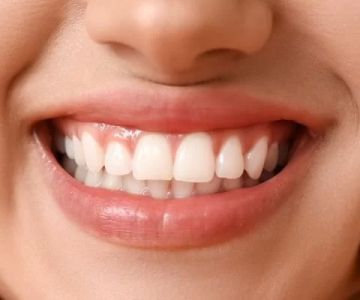
 Dental Associates, Inc.4.0 (264 review)
Dental Associates, Inc.4.0 (264 review) All Star Dental Clinic4.0 (322 review)
All Star Dental Clinic4.0 (322 review) Brar Family Dentistry5.0 (111 review)
Brar Family Dentistry5.0 (111 review) UofL Dental Associates - Dental Faculty Practice2.0 (36 review)
UofL Dental Associates - Dental Faculty Practice2.0 (36 review) Dr. Mark Mendiola, DDS4.0 (8 review)
Dr. Mark Mendiola, DDS4.0 (8 review) Saddle Brook Dentist4.0 (125 review)
Saddle Brook Dentist4.0 (125 review) The Importance of Oral Health Education During Pregnancy for a Healthy Pregnancy
The Importance of Oral Health Education During Pregnancy for a Healthy Pregnancy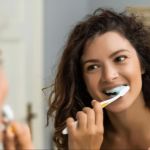 Best Tips for Brushing Your Teeth Properly for Healthy Gums: Essential Techniques for Oral Health
Best Tips for Brushing Your Teeth Properly for Healthy Gums: Essential Techniques for Oral Health Why Skipping Dental Checkups Can Lead to Bigger Oral Health Problems
Why Skipping Dental Checkups Can Lead to Bigger Oral Health Problems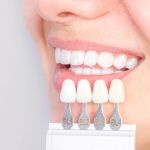 Advantages of Porcelain Dental Restorations
Advantages of Porcelain Dental Restorations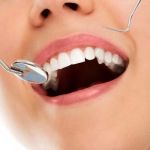 How Can Diabetes Cause Tooth and Gum Problems? Preventing and Managing Oral Health Issues
How Can Diabetes Cause Tooth and Gum Problems? Preventing and Managing Oral Health Issues Healthy Habits for Promoting Good Oral Health and Hygiene: Tips for a Healthy Smile
Healthy Habits for Promoting Good Oral Health and Hygiene: Tips for a Healthy Smile